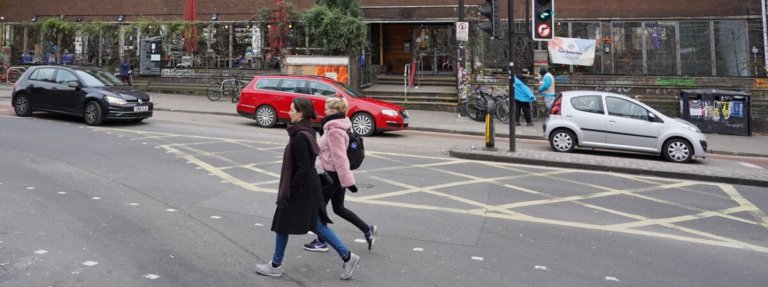
Close to 600 new student housing projects in the UK and Europe are in the pipeline for the next few years, a report by Bonard has said.
More than 150,000 private beds will be produced, worth €17 billion, with the UK, the Netherlands, Germany, Iberia and Italy getting the bulk of it.
“Our analysts have monitored 592 projects that are coming onto the market in the next 2.5 years, either under construction or which have been granted student housing permits,” said Samuel Vetrak, CEO of Bonard.
Student housing boom in Europe and Australia – BONARD
Read more: https://t.co/Gi2jpQMx8Q#intled @BonardGlobal pic.twitter.com/WQmS7STZr0
— The PIE News (@ThePIENews) October 25, 2019
Investors are targeting “super-sized” and “big cities” to deploy significant capital and acquire “ambitious housing volume. Bonard identified seven super-sized cities with 30,000 or more international students – namely London, Paris, Melbourne, Sydney, Vienna, Madrid and Berlin, followed by 19 big cities with 15,000 to 30,000 students and 60 mid-sized cities with 5,000 to 15,000 students.
“International student demand remains strong, consistent and growing even during the economic downturn, making student housing a counter-cyclical asset class,” added Vetrak.
As international student numbers in the US dwindles, investors are shifting their focus to the UK and Continental Europe, which has a total bed-to-student ratio of over 25 percent and 13 percent respectively. The report found that Europe would need an additional 1.1 million beds to have the same provision rate as the UK right now.
Officials and residents in cities like Bristol would likely have a different idea of what saturation point means. In cities like Bristol, which has a total student population of 53,874, the growth in student accommodation has become a source of tension for the public.
“There is a general feeling within public objection comments that a saturation point for student accommodation has been reached,” a planning officer told Bristol Live.
“There are 2,249 student bedrooms in this enlarged square either completed, under construction or with planning consent,” he said by way of explanation. “That includes 345 that was recently approved at appeal.”
The officer explained that existing planning policy supports purpose-built student accommodation in the city centre, as long as it does not “contribute to a concentration that would harm the surrounding residential amenity”.
Residents and city councils aren’t the only ones impacted as universities in the city expanded without sufficient purpose-built accommodation for students.
Last week, the University of West England made national news when its 8x10ft (2.4x3m) “studio pods” installed in a car park at its Frenchay campus were described by students as “not fit for humans” and “not mentally viable”. Students also complained about its lack of communal space, thin walls and being overlooked by an existing hall of residence, the BBC reported.
Taking the inflated rent out of the equation, the potential impact on students’ mental health and general wellbeing from this type of accommodation is frankly appalling. BBC News – Student pods at UWE Bristol ‘not fit for humans’ https://t.co/C2WCIlmNQT
— Mark Holton 🇪🇺 (@markjwholton) October 23, 2019
The 21 en-suite studio flats, which each costs £150 per week, was a response to increased demand, the university said.
A university spokesperson said the pods had been “used successfully elsewhere, including student accommodation at other universities”.
“We are working closely with the students living in this accommodation to respond to their feedback, which will be used to inform our future accommodation plans and to see whether the pilot may be extended beyond this academic year,” they added.
UWE vice-chancellor Steve West, added: “We are trying to create communities for the increasing number of students who want to live on campus… The pilot picked up on the need for social space: [a new communal area] is being built and will be on site soon.”







